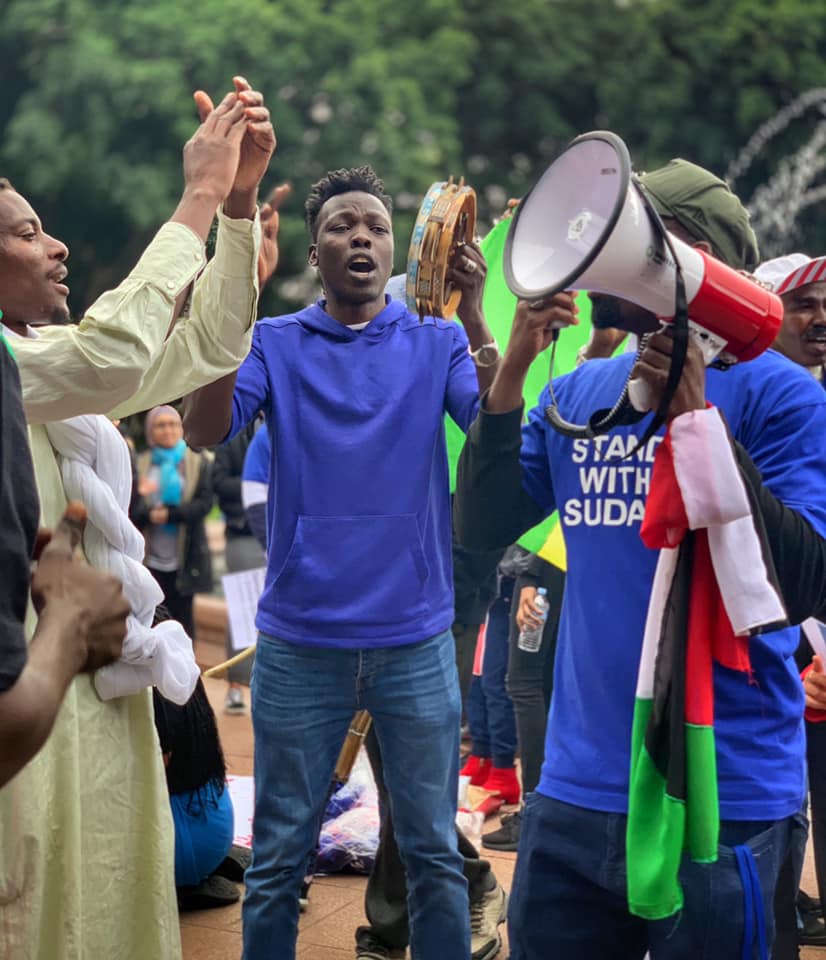Photographic Memory: a survey of 24 years of photography.
To be opened by Pastor Ray Minniecon on Wednesday 21st August, 6-8pm, McGlade Gallery.
An image that takes its title from Jacinda Ardern’s speech following the Christchurch terrorist attack is the most recent work in this survey exhibition of photography by Sarah Barker. “They Are Us” is a photo-collage that began as a response to the racial profiling of African gangs in Australia and evolved to also become a reaction to more specific expressions of racism. The work itself invites close examination, not just of the series of portraits that make up the collage but, of ourselves.
This complex image also links us to the earliest series of work in the exhibition, “Small World, Big Family”, in the first of the three McGlade Gallery spaces. First exhibited at the Australian Maritime Museum in 1995 to commemorate fifty years of post-war migration, these portraits show the rich diversity of people who have migrated to Australia. From Lithuanian refugees who arrived in the immediate aftermath of World War ll to a doctor from Hong Kong in 1991, Sarah documents families and individuals from around the world.
Each of the three spaces at McGlade Gallery follows a selected theme from almost two and a half decades of Sarah’s photography practice. Gallery 2 is dedicated to People and Protest, with portraits from the series “Legends of the Left” and a first-time exhibit of images made at the “Carnival Against Capitalism” outside the Sydney Stock Exchange for “MayDay2K” in the year 2000. The protest series demonstrates Sarah’s innate ability to meld aspects of social-documentary and street photography to create her unique form of storytelling.
Profoundly personal expressions of resilience and survival occupy Gallery 3 which features portraits of the “KBH Boys”. These men were removed from their families as small children and sent to the notorious Kinchela Boys Home (KBH) near Kempsey in northern NSW. The portraits were made at the start of a twelve-year period when Sarah volunteered to make photographic portraits for the men during the first stages of their journey of healing. The portraits have been exhibited many times as part of the KBH Aboriginal Corporation’s truth-telling strategy, and to “remember and lament all the children who will never come home”. They provide a face-to-face encounter with the impact of our country’s shameful history and a timely complement to the stories still emerging today.




















